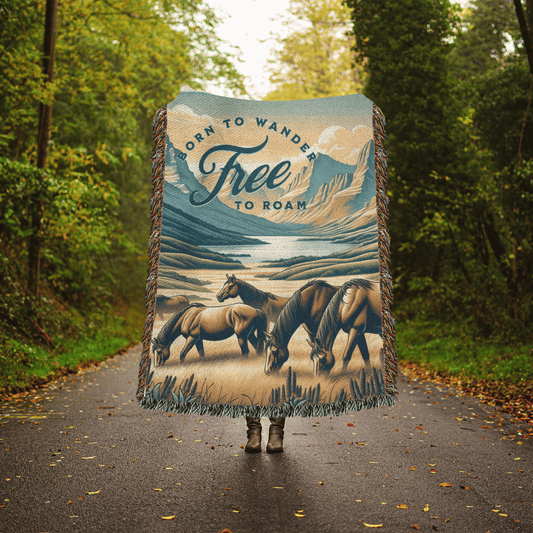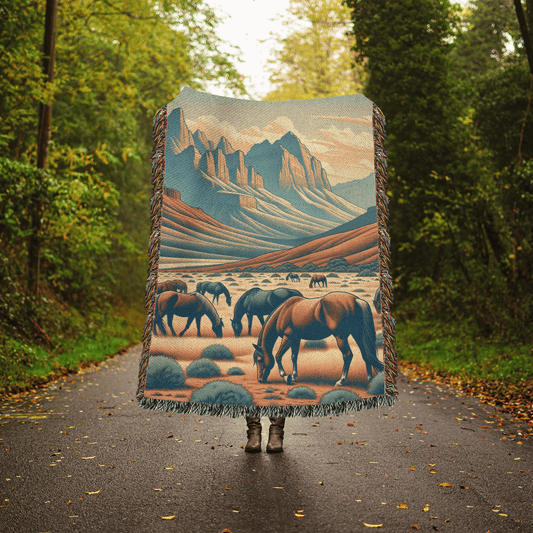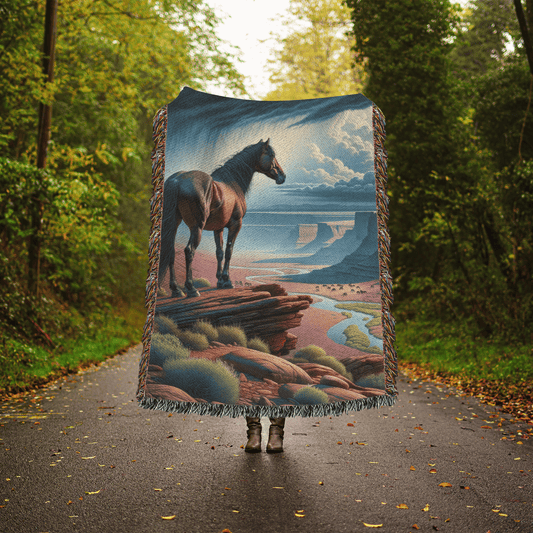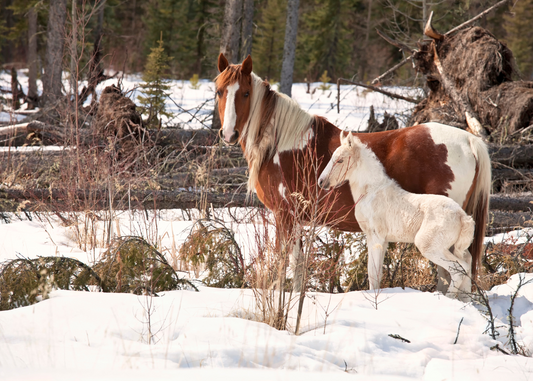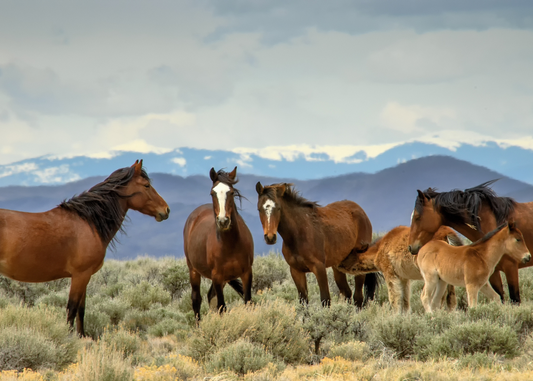There’s something undeniably captivating about wild horses. Their untamed beauty, fierce independence, and ability to thrive in some of the harshest environments make them true symbols of freedom. But beyond the windswept manes and galloping herds, there’s a lot more to these incredible creatures than meets the eye. Ready to impress your barn friends with some wild horse trivia? Let’s dive into five facts you (probably) didn’t know about wild horses.
1. Not All Wild Horses Are Truly Wild
Here’s a fun twist: most of the “wild” horses we know today, like the iconic Mustangs of the American West, are technically feral. That means they’re descended from domesticated horses that returned to the wild. The only remaining truly wild horse species is the Przewalski’s horse, native to the steppes of Mongolia. Unlike feral horses, Przewalski’s horses have never been domesticated and carry unique genetic differences that set them apart from their distant cousins.

Przewalski’s horses
2. Wild Horses Have Their Own Dialects
Okay, not in the way we speak, but wild horses have a complex system of communication that goes beyond whinnies and neighs. Through subtle ear movements, tail swishes, body posture, and even facial expressions, wild horses constantly “talk” to one another. These silent signals keep the herd organized and alert, helping them survive everything from predators to rough terrain.
3. They’re Masters of Adaptation
Wild horses are survivalists. Whether they’re navigating the deserts of Nevada, the forests of Australia, or the icy plains of Mongolia, they adapt remarkably to their environment. In the wild, horses can cover up to 20 miles a day in search of food and water, adjusting their grazing habits and travel patterns based on the season and available resources. Basically, they’ve got the whole “work smarter, not harder” thing down to an art.

4. Family Comes First
Wild horses live in tight-knit social groups called bands, typically led by a dominant stallion and consisting of mares and their offspring. These family units are incredibly loyal, with members looking out for one another and forming lifelong bonds. If danger approaches, the stallion defends the group while the mares lead the young to safety. It’s teamwork at its finest.
5. They're Unexpected Ecosystem Heroes
While some debate surrounds wild horse populations and land management, studies have shown that wild horses can actually benefit their ecosystems. Their grazing patterns help control overgrown vegetation, and the paths they create through landscapes can provide access to water and grazing for other wildlife. When balanced properly, wild horses become essential players in maintaining healthy habitats.

Why We’re Wild About Them
Wild horses represent more than just beauty and freedom—they’re resilient, resourceful, and deeply connected to the land. They remind us what it means to live boldly, stay strong, and protect the ones we love.
Feeling inspired? Take a piece of that wild spirit with you by exploring our Wild Horse Collection—designed for those who run free and live untamed.



